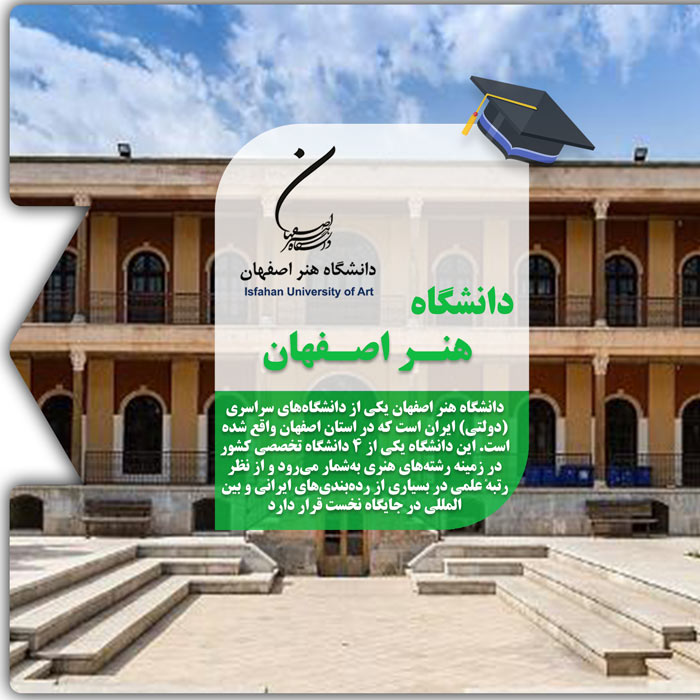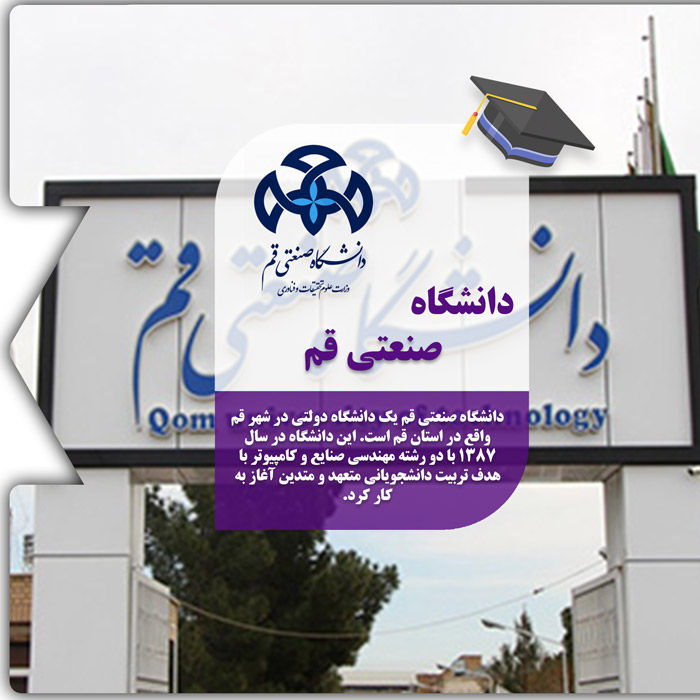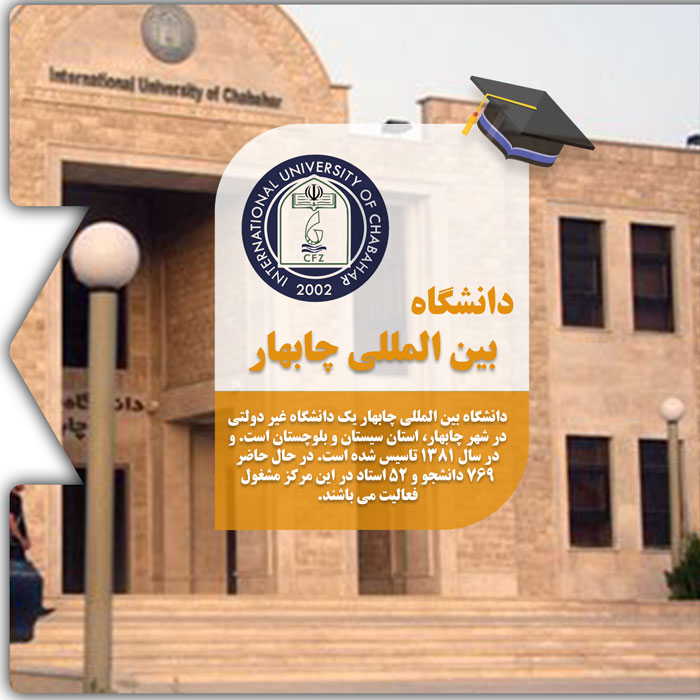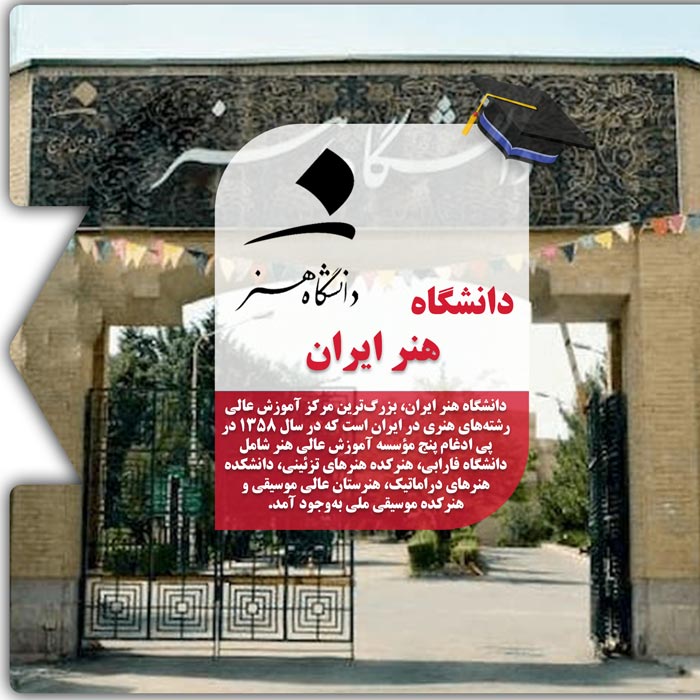![]()
In recent years, university rankings have gained significant importance in international communities. For this reason, we aim to familiarize you with the top-ranking systems. We will review the rankings of universities in Iran below.
Extensive ranking began in 2003 with the Shanghai Global Ranking, followed by other ranking systems such as the QS Ranking System and the Times Ranking System, which exponentially expanded the space for further growth.
Although there are differing opinions about how rankings are conducted across various ranking systems, with some believing that ranking tables cannot fully reflect the true position of universities, the public remains very interested in seeing universities ranked based on precise indicators. This has proven to be influential in attracting students, gaining the attention of higher education authorities, and even, in some cases, affecting budget allocation to universities.
Introduction to University Ranking Systems
According to the report by the European University Association (EUA)There are various methods for categorizing rankings. Based on the goals of ranking institutions, these systems are divided as follows:
- Shanghai Ranking System – ARWU
- Times Ranking System – THE
- QS Ranking System – QS
- US News Best Global Universities Ranking System
- Reitor Ranking System
- Leiden Ranking System – Leiden
- Ranking System based on research article performance – NTU
- Research Quality Assessment Ranking System by the European Commission
- CHE University Ranking System
- Multidimensional European Ranking System – U-Multirank
- Webometrics Ranking System – Webometrics
- Quality Assessment of Learning in Higher Education – OECD
- Islamic World Universities Ranking – ISC
The rankings above encompass all the reputable rankings globally. However, in different countries, some of these systems are considered valid based on varying needs. We will explain some of these systems for your better understanding below. stay with us.
Shanghai Ranking System – ARWU
The Shanghai International Ranking System (ARWU) was first conducted in 2003 by Shanghai Jiao Tong University and has since evaluated and ranked universities and research institutions worldwide annually. This ranking aims to assess educational and research quality.
Every year over 2,000 universities and research institutions are evaluated in three main categories (overall institution, field, and subject) in this ranking, with different assessment indicators and methodologies for each type of evaluation. Ultimately, the top 1,000 universities worldwide are listed in the overall ranking, the top 200 universities in the field ranking, and between 50 to 500 universities in the subject ranking (the number of ranked universities varies by discipline).
The main sources of data collection for the Shanghai Ranking System include the Nobel Prize website, the Fields Medal website, highly cited researchers from Thomson Reuters, the Web of Science citation database, and questionnaires filled out by universities. Institutions are evaluated in this system if their number of publications from 2011 to 2015 in the “InCites” database, which analyzes data from the Web of Science index, ranges from 25 to 200 articles.
The Shanghai Ranking System in addition to publishing the overall rankings of universities, also identifies top universities in broad fields and specific subjects (52 subject areas, including six in natural sciences, four in life sciences, 22 in engineering, six in medical sciences, and 14 in social sciences) based on five different metrics.
Every year, Iranian universities proudly rank in this system across various fields. Among them are the University of Tehran, Tehran University of Medical Sciences, Tarbiat Modares University, Sharif University of Technology, Amirkabir University of Technology, Shahid Beheshti University of Medical Sciences, Iran University of Science and Technology, Mashhad University of Medical Sciences, Ferdowsi University of Mashhad, Iran University of Medical Sciences, University of Tabriz, and more.
Times Ranking System
The Times Higher Education ranking system is one of the most well-known international ranking systems for universities and higher education institutions. This ranking was first published in 2004 in collaboration with Times and QS. This collaboration continued under the name Times QS until 2010. In 2010, Times ended its partnership with QS and signed a collaboration agreement with Thomson Reuters. In 2010, a new methodology for this ranking was introduced, which underwent significant changes in 2011.
The thirteen indicators used in this ranking are categorized into five groups as follows:
- Teaching: Learning environment (30% of the total score)
- Research: Volume, income, and reputation (30% of the total score)
- Citations: Research impact (30% of the total score)
- Industry income: Innovation (2.5% of the total score)
- International outlook: Human resources, students, and research (7.5% of the total score)
In the 2024 Times ranking, 73 universities from Iran have been ranked. Among them are universities such as Sharif University of Technology, Amirkabir University of Technology, Iran University of Science and Technology, Babol Noshirvani University of Technology, Shiraz University of Technology, Babol University of Medical Sciences, Kashan University, Isfahan University of Technology, and others.
QS Ranking System
The QS World University Rankings abbreviated as QS, is a university ranking system published annually by Quacquarelli Symonds. This ranking was jointly published with the Times ranking from 2004 to 2009, after which each began to publish independent rankings. Unlike the Times ranking, which adopted a new methodology for ranking, QS still uses the same old methodology it shared with the Times. By collaborating with Elsevier, QS has developed a comprehensive global ranking system for universities and specific rankings for various fields of study.
In the ranking of Iranian universities within this system, notable institutions include Sharif University of Technology, University of Tehran, Amirkabir University of Technology, Shiraz University, and Shahid Beheshti University.
Final thoughts on the ranking of Iranian universities
The ranking of Iranian universities, based on the criteria available in each system and the assessments conducted, has achieved many honors. Additionally, each year we witness significant advancements in various fields.




